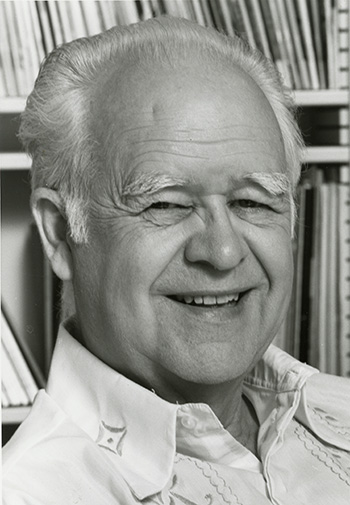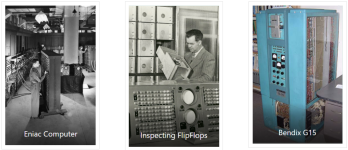stephenbuck
Experienced Member
A sub-thread of Bendix G-15 Restoration
The chief designer of the Bendix G-15 was computer pioneer Harry Huskey who based it on the Automatic Computing Engine (ACE) designed by Alan Turing at the National Physical Laboratories in Britain. Huskey had worked with Turing there for a year. Much of this post is taken from the Harry Huskey website. There is also some good information at Wikipedia: Harry Huskey. His obituary is here: Computer pioneer Harry Huskey dies at age 101.

Dr. Harry Huskey was born in the Smoky Mountains region of North Carolina and grew up in Idaho. He gained his master's degree and then his PhD in 1943 from the Ohio State University on Contributions to the Problem of Geocze. Harry Huskey taught mathematics at the University of Pennsylvania and then worked part-time on the early ENIAC computer in 1945.
Harry Huskey designed and managed the construction of the Standards Western Automatic Computer (SWAC) at the National Bureau of Standards in Los Angeles (1949 to 1953). He also designed the G15 computer for Bendix Aviation Corporation, which could perhaps be considered as the first “personal” computer in the world. He had one at his home that is now in the Smithsonian Institution in Washington, D.C.

SWAC Computer


Harry Huskey with Bendix G-15 Donated to Smithsonian

Harry Huskey at the wheel of his creation!
I'll add more information about Harry Huskey as I find it.
The chief designer of the Bendix G-15 was computer pioneer Harry Huskey who based it on the Automatic Computing Engine (ACE) designed by Alan Turing at the National Physical Laboratories in Britain. Huskey had worked with Turing there for a year. Much of this post is taken from the Harry Huskey website. There is also some good information at Wikipedia: Harry Huskey. His obituary is here: Computer pioneer Harry Huskey dies at age 101.

Dr. Harry Huskey was born in the Smoky Mountains region of North Carolina and grew up in Idaho. He gained his master's degree and then his PhD in 1943 from the Ohio State University on Contributions to the Problem of Geocze. Harry Huskey taught mathematics at the University of Pennsylvania and then worked part-time on the early ENIAC computer in 1945.
Harry Huskey designed and managed the construction of the Standards Western Automatic Computer (SWAC) at the National Bureau of Standards in Los Angeles (1949 to 1953). He also designed the G15 computer for Bendix Aviation Corporation, which could perhaps be considered as the first “personal” computer in the world. He had one at his home that is now in the Smithsonian Institution in Washington, D.C.

SWAC Computer


Harry Huskey with Bendix G-15 Donated to Smithsonian

Harry Huskey at the wheel of his creation!
I'll add more information about Harry Huskey as I find it.
